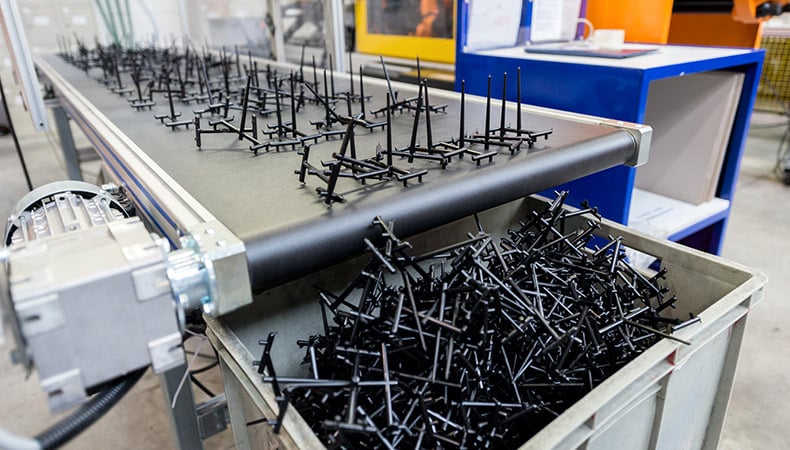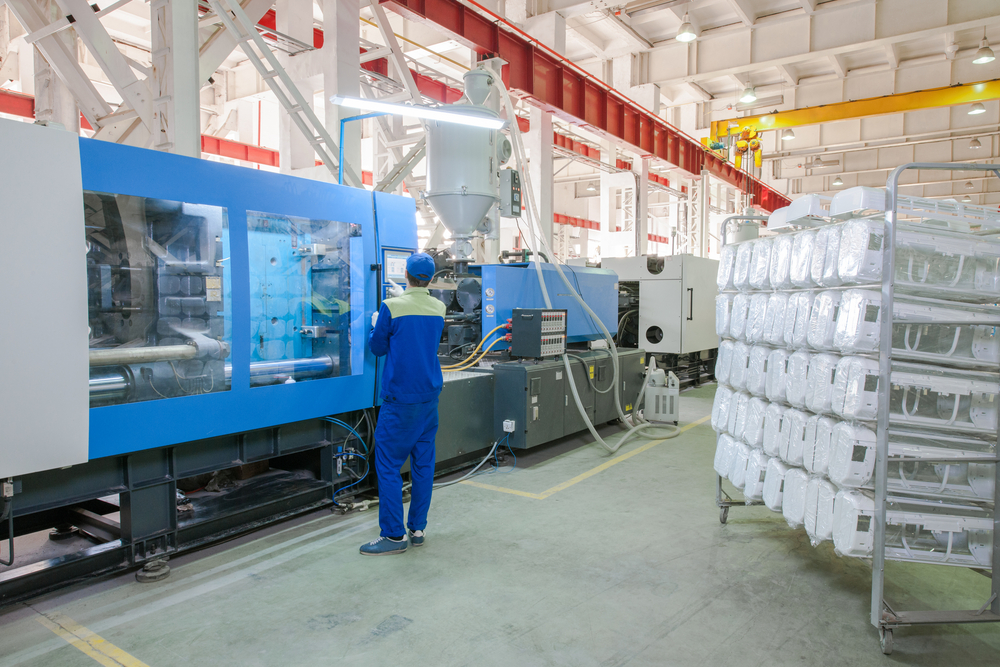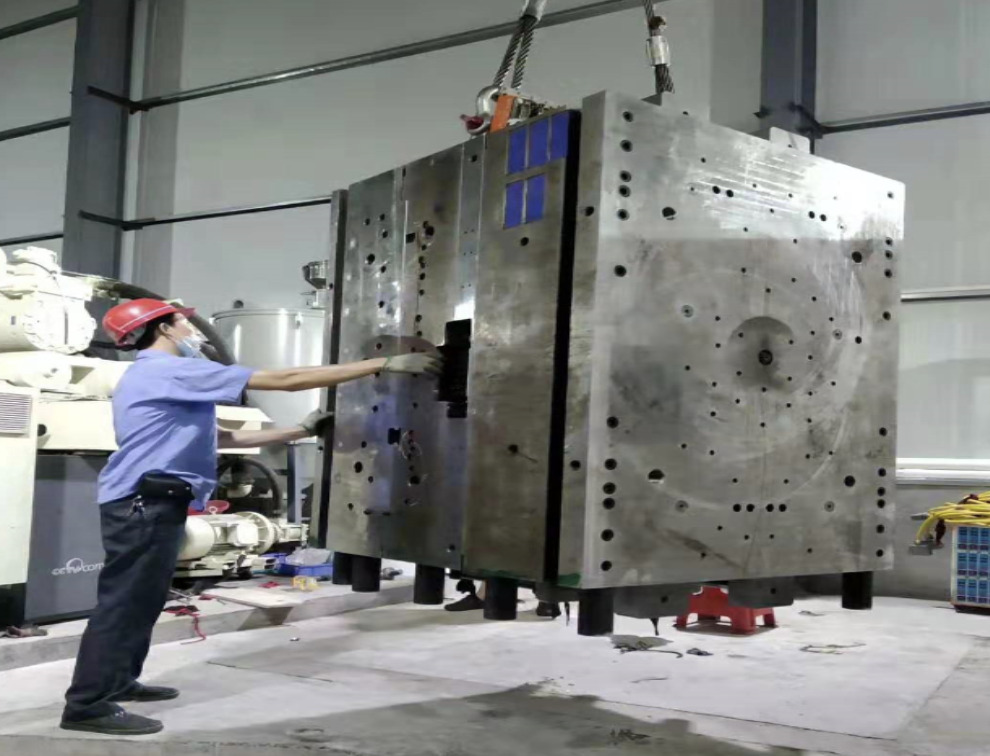The Future of Plastic Injection Molding: Technologies and trends to Watch
As the plastic injection molding sector advances, a number of essential fads are arising that guarantee to reshape its landscape. Automation and clever manufacturing techniques are set to enhance performance, while the change towards lasting materials reflects an expanding environmental awareness.
Automation and Smart Manufacturing
As the plastic shot molding market evolves, automation and clever manufacturing are taking center stage, changing production procedures - Plastic Injection Molding. The combination of innovative innovations such as robotics, IoT (Internet of Points), and expert system is enabling suppliers to enhance performance, decrease functional costs, and enhance item high quality. Automated systems simplify process, decreasing hands-on treatment and increasing throughput, which is crucial in meeting the increasing need for rapid production cycles
Smart making technologies assist in real-time monitoring and data evaluation, permitting companies to enhance equipment performance and anticipate upkeep demands. This proactive technique not just minimizes downtime however additionally expands the lifespan of devices. In addition, using collaborative robots, or cobots, improves the adaptability of manufacturing lines, enabling equipments and employees to operate side by side safely and effectively.
The fostering of automation in plastic shot molding is not simply a pattern however a calculated essential for companies aiming to remain competitive in a global market. By harnessing these technologies, manufacturers can achieve higher accuracy, lower waste, and adjust promptly to altering client demands, positioning themselves for lasting development in a significantly automatic future.
Sustainable Materials and Practices
The push in the direction of automation and clever production has led the way for a better focus on sustainable materials and techniques within the plastic injection molding sector. Firms are progressively seeking green choices to conventional petroleum-based plastics, resulting in the fostering of recycled and bio-based materials. These lasting products not just decrease environmental influence however also align with customer demand for greener products.

Additionally, partnership between producers, material providers, and environmental organizations is fostering innovation in the development of sustainable products that fulfill efficiency requirements without jeopardizing high quality. As policies around plastic usage become stricter, the sector is positioned to adapt by accepting these sustainable approaches, making certain lasting feasibility and minimizing reliance on non-renewable resources. The assimilation of sustainability right into plastic injection molding is not merely a fad; it is coming to be a necessary element of corporate duty and functional excellence.
Advances in 3D Printing
Current developments in 3D printing technology are dramatically changing the landscape of plastic injection molding. The assimilation of additive production processes permits for the fast prototyping of complex geometries that were impossible or once difficult to achieve via standard methods - Plastic Injection Molding. This capacity not only increases product advancement cycles but likewise lowers material waste, straightening with the growing need for lasting manufacturing methods
Moreover, the introduction of crossbreed manufacturing methods, which incorporate 3D printing and injection molding, uses manufacturers the capability to develop intricate styles while keeping the performance of mass production. This technique makes it possible for the production of personalized components customized to specific client needs without giving up the speed and scalability that injection molding supplies.
In addition, advancements in products, such as high-performance polymers and compounds specifically created for 3D printing, are enhancing the functional abilities of published parts. These products can withstand greater tension and display enhanced thermal properties, making them suitable for more demanding applications.
As 3D printing remains to develop, its combination into plastic injection molding processes assures to boost productivity, reduce costs, and foster innovation in product design, positioning manufacturers to better meet the obstacles of an affordable market.
Information Analytics and IoT Assimilation
Information analytics and the official website combination of the Web of Things (IoT) are transforming plastic injection molding by providing suppliers with extraordinary understandings right into their operations. By leveraging real-time data collected from interconnected equipments and sensing units, makers can keep an eye on performance metrics, identify inefficiencies, and maximize manufacturing processes. This data-driven approach promotes anticipating maintenance, reducing downtime and expanding devices life expectancy.
Furthermore, IoT assimilation enables improved quality assurance. By continually tracking variables such as pressure, cycle, and temperature level times, suppliers can quickly detect inconsistencies from established parameters and make modifications in real time. This not just improves item consistency yet also lowers waste content and scrap rates.
The blend of data analytics and IoT modern technologies likewise encourages producers to take on more dexterous production methods. With access to detailed information analytics, organizations can reply to market demands with higher adaptability, adjusting manufacturing timetables and configurations as required. This flexibility is vital in a swiftly changing manufacturing landscape.

Personalization and Style Versatility
Just how can personalization and design adaptability improve the competitiveness of plastic shot molding? Customization permits makers to meet details client needs, suiting distinct measurements, shapes, and functionalities that common items might not accomplish.
Advancements in layout innovations, such as computer-aided layout (CAD) and fast prototyping, more boost this trend. These tools make it possible for designers to develop complicated geometries and detailed patterns, which can be perfectly incorporated into the manufacturing procedure. Therefore, suppliers can respond promptly to transforming consumer preferences and market needs.
Moreover, the application of modular tooling systems boosts design versatility, permitting quicker modifications in between various product styles without considerable downtime. This adaptability can cause lowered lead times and lower production prices, making firms much more affordable and agile. Eventually, accepting modification and design flexibility blog here in plastic injection molding not only raises item offerings yet additionally strengthens market positioning in an ever-evolving landscape.
Conclusion
The future of plastic shot molding is defined by significant advancements in automation, lasting techniques, and ingenious materials. Customization via modular tooling and fast prototyping will enable suppliers to continue to be competitive and responsive to the dynamic needs of the market.

The future of plastic injection molding is defined by considerable innovations in automation, lasting practices, and innovative materials.